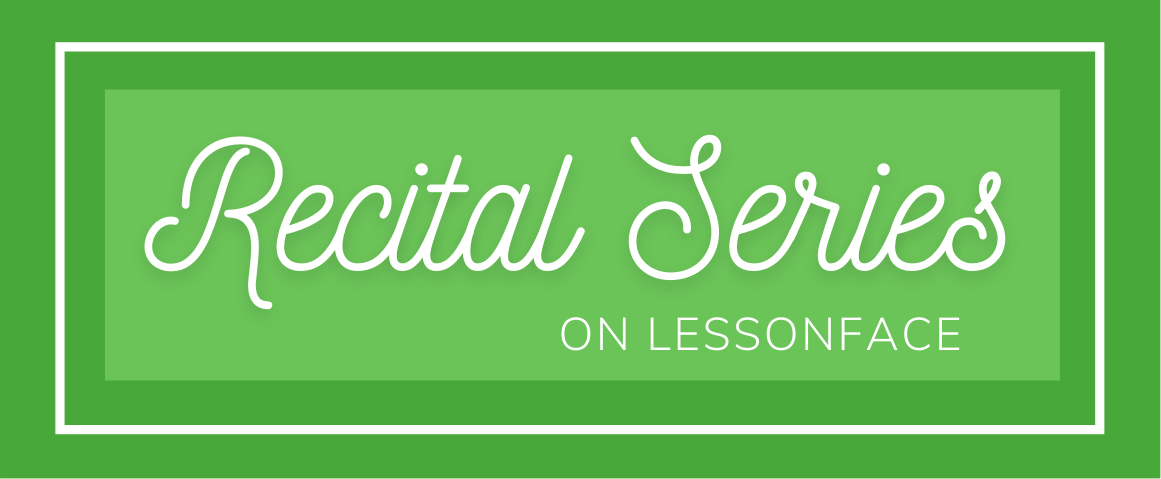A metronome is an essential tool for any serious musician. Using a metronome properly is a skill in itself, and for many beginning students it doesn’t come easily.
The first step is to learn to listen to the metronome. This might sound obvious, but it’s quite possible for beginning metronome users to start the click and then completely ignore it when they’re playing. If you’re really listening to it, you expect each beat at the exact same time it sounds.
Exercise 1. To learn to listen to the metronome, set the click at a slow tempo (50 or 60 for example), and just try to clap, tap, or count along with it. If you’re perfectly in time, you might notice that the click gets drowned out by your clap or tap. Try to clap along with the metronome at various tempos. When you change the tempo, try to settle into the new one by listening first, so that when you start playing you are perfectly in sync.
Exercise 2. The next step is dividing a beat in two equal parts (eighth notes, or quavers in the UK). One clap should be on the beat, and the other exactly in between clicks. To count out loud with eighth notes, we usually use the word ‘and’ to mark the subdivision.
Exercise 3 and 4 (and 5 if you want). Once you’ve gotten the hang of eighth notes, you can try triplets and sixteenth notes. If you’re not sure what these are, best to work with a teacher on this. Quintuplets (five subdivisions of the beat) may not be useful to you, depending on the genre you play, but they’re a fun challenge.
Further study. The final challenge is to learn to change between these rhythmic subdivisions instantly. It’s one thing to be able to play sixteenth notes in a loop. It’s more difficult to stay perfectly in time in a phrase or measure that features many rhythmic values. Those sort of rhythmic exercises could fill another dozen posts or so.
If you're new to using a metronome, getting the hang of the exercises in the PDF will be an excellent start.
Teachers, feel free to use the PDF however you like and share your own exercises if you have them.





Nice post, Leah! And good points - it always comes back to the basics no matter how advanced you get. I feel using a metronome just makes your skills sharper, and holds an honest mirror of your playing weaknesses AND strengths up to your face. And not just in the rhythmic angle either - if you want a student to know what part of a song or exercise is giving them the most trouble, get them to play it with a metronome at an easy tempo, and the problem spots will become glaringly obvious because it will almost instantly become a train wreck at those spots when there is a rhythmic deadline giving them no room to fudge their way through with pauses... ;-)
A particular hack I use almost exclusively now: instead of setting a metronome at the traditional quarter note for whatever I am practicing, I set it at the 8th note (or whatever is the smallest rhythmic subdivision that happens most often in the piece or exercise). The reason for this is that there can potentially be a lot of rhythmic drift on 8th notes in between quarter notes, even up to a swing-time 8th sound in drastic cases. This can happen especially at slower tempos. The reason for this is that there is no audible point of reference on where the "and" of each beat is supposed to land, and this can lead to guesswork by "feeling it out", which kind of negates the whole point of the metronome in the first place. Setting the metronome at the 8th note makes me play along with each click, and makes it easier to hear when I'm off from each one. Also, when I play quarter notes over the 8th note click, I can hear the in between beats more accurately. I always get better results from my students with this trick in lessons as well.